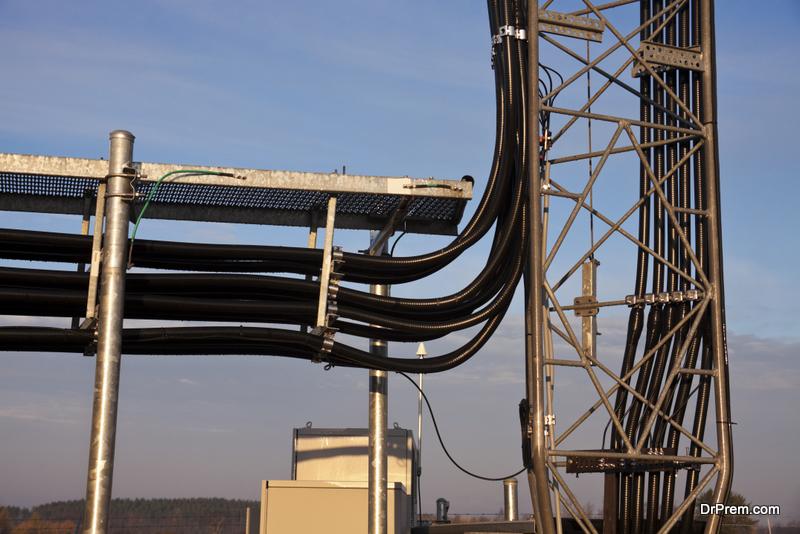The issue of environmental sustainability is certainly not recent, however day by day it is gaining in importance in all sectors.
On the one hand we find consumers, who are becoming increasingly aware of the impact of their behaviour and purchasing choices have on the environment; and on the other hand producers and service providers, who must be able to respond in an appropriate way to this new awareness.
Not to be outdone are the governments of the various States, which, also working in synergy, are trying to steer production and consumption choices towards increasingly sustainable approaches.
The different actions undertaken are aimed at combating climate change and global warming by reducing harmful emissions and non-recoverable waste.
Among the sectors that can play a major role in environmental sustainability is the development and production of electrical and telecommunication cables.
The origins of environmental sustainability
In order to track the origin of the concept of sustainability, it is necessary to travel back in time to the mid-1980s.
To be more specific, the concept of sustainable development was first introduced in 1987 in the Brundtland Report. As a matter of fact, this document contains a sentence that makes the meaning of ‘sustainable development’ clear in just a few words:
“Satisfying the needs of the present generation without compromising the ability of future generations to realise and fulfil their own”.
This simple yet powerful concept embodies the reason why both producers and consumers should learn to adopt solutions that preserve the environment and its resources, that is to say, to enable those who will come after us to satisfy their needs and to enjoy a standard of living and lifestyle that is at least as good as today.
The impact of cables on the environment
As previously mentioned, the concept of environmental sustainability today also involves electricity and telecommunication cables.
Today’s increasingly digital and technological society cannot do without powerful infrastructures that guarantee the use of everfaster and more reliable communication and data transmission services, just as it cannot do without the electricity needed for production, work, and daily activities.
To provide and use a wide range of services, it is necessary to use a large number of cables and other components to cover all the requirements in the most efficient way.
Energy and telecommunication cables can have a strong and negative environmental impact, if designed, manufactured, and installed without due care for the environment
However, today’s leading companies, aware of the important role they are called upon to play, are devising and implementing strategies aimed at increasing the environmental sustainability of their cables, without compromising their effectiveness and reliability.
Among the companies involved in this change we can find on the front line, Prysmian Group, which is a flagbearer for the principles of sustainability and embraces its foundation and aims. Indeed, the actions undertaken by this company, a world leader in the cable industry, include:
- P-lasers: these are cables made from 100% recyclable and environmentally friendly thermoplastic materials. As a matter of fact,these can reduce CO2 emissions by up to 40%;
- Eco Cable: is a label that self-certifies the green quality of the products offered by the company, taking into account key requirements such as the use of recycled materials, level of circularity, energy efficiency and carbon footprint.
Article Submitted By Community Writer




